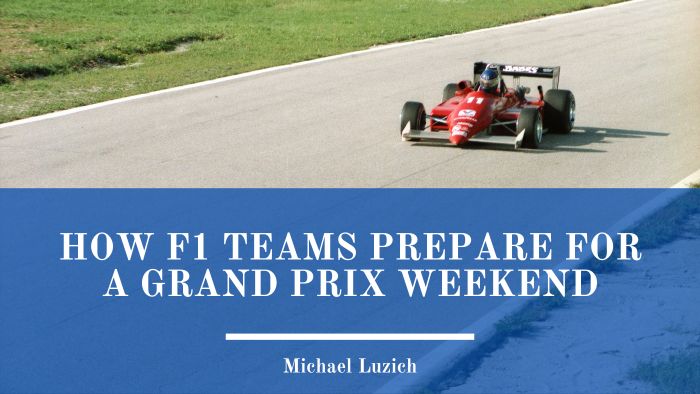Formula 1, the pinnacle of motorsport, involves much more than just drivers racing around a circuit. Behind the scenes, each Grand Prix weekend requires meticulous preparation by F1 teams to ensure that every element is optimized for performance. From logistics to strategy, here is a breakdown of how F1 teams prepare for a Grand Prix weekend.
Logistics and Setup: Moving the Circus
The preparation for a Grand Prix begins months in advance. F1 teams operate like a traveling circus, moving hundreds of tons of equipment, including cars, spare parts, tools, and hospitality setups, to different locations worldwide. Teams often utilize a combination of air, sea, and road freight to transport everything needed. Upon arrival at the circuit, the team sets up its garage, motorhomes, and hospitality suites. This process can take several days and requires precise coordination to ensure everything is ready for the race weekend.
Data Analysis and Simulations
In the week leading up to the race, engineers and strategists dive deep into data analysis. They analyze past races, weather forecasts, and tire degradation data specific to the circuit. Teams run computer simulations to predict various race scenarios, including different tire strategies, potential safety car periods, and pit stop windows. This data-driven approach allows teams to anticipate and plan for almost every possible outcome, giving them a strategic edge during the race.
Car Setup and Technical Adjustments
Every circuit on the F1 calendar is unique, with varying levels of downforce, speed, and grip requirements. Once at the circuit, teams use the data from simulations and past experiences to adjust the car’s setup. Engineers fine-tune elements such as aerodynamics, suspension, braking systems, and gear ratios to optimize performance for the specific track. This setup process is crucial; getting it right can mean the difference between a pole position and a mid-field start.
Driver Preparation and Track Walks
Driver preparation is also essential in the lead-up to a Grand Prix. Before stepping into the car, drivers and race engineers conduct extensive briefings to review strategies, track characteristics, and potential challenges. Drivers also spend hours in simulators to memorize the circuit’s layout and braking points. A day before the practice sessions, they do a track walk with their engineers to identify any new surface changes, curbs, or potential overtaking spots. This hands-on inspection provides critical insight that even the most advanced simulators cannot replicate.
Practice Sessions and Fine-Tuning
Grand Prix weekends officially start with Free Practice sessions on Friday. During these sessions, teams test different car setups, tire compounds, and fuel loads. The data collected is analyzed in real-time to adjust the car’s setup. The aim is to find the perfect balance between speed, stability, and tire management. The third practice session on Saturday morning provides the final opportunity to fine-tune the car before qualifying.
Qualifying Strategy
Qualifying is one of the most intense parts of a Grand Prix weekend. Teams have to balance between pushing for the best lap time and preserving tires for the race. Choosing the right moment to send the driver out on the track is crucial due to potential traffic and changing track conditions. The goal is to secure the highest grid position possible, as starting closer to the front can significantly influence race strategy.
Race Day Preparations: Strategy and Pit Stops
On race day, teams finalize their strategies based on weather conditions, competitors’ grid positions, and the tire choices made during qualifying. Engineers, strategists, and drivers conduct a final briefing, discussing possible scenarios and alternative plans. The pit crew also prepares meticulously, practicing pit stops repeatedly to ensure they are ready to perform under pressure.
The Final Countdown
As the lights go out, the preparation and hard work come down to the drivers and their teams. With countless hours invested in data analysis, car setup, strategy planning, and logistics, each F1 team is ready to face the unique challenges of a Grand Prix weekend, where every decision and action could be the key to victory.
